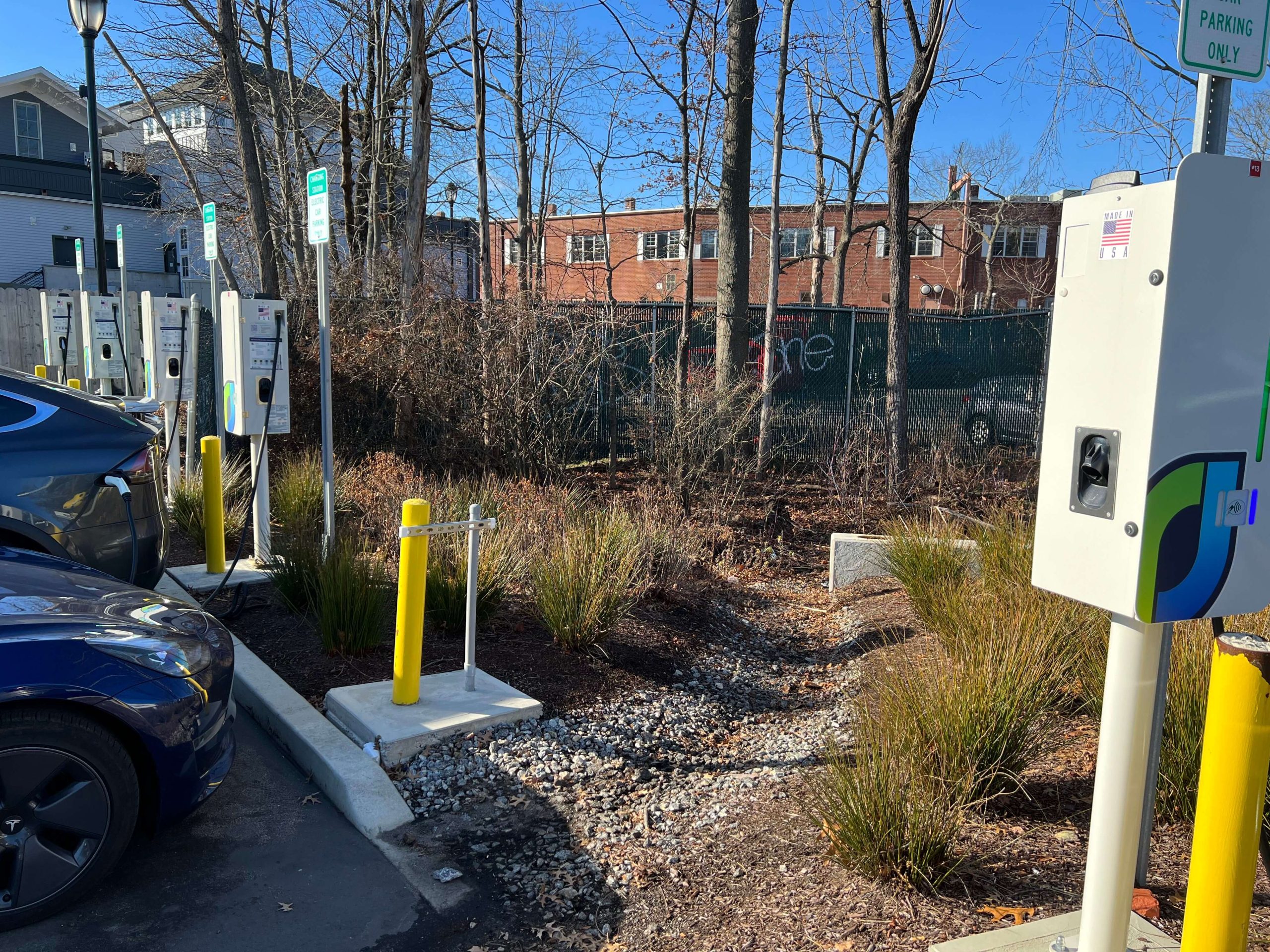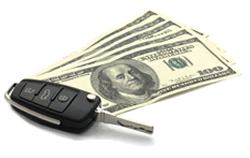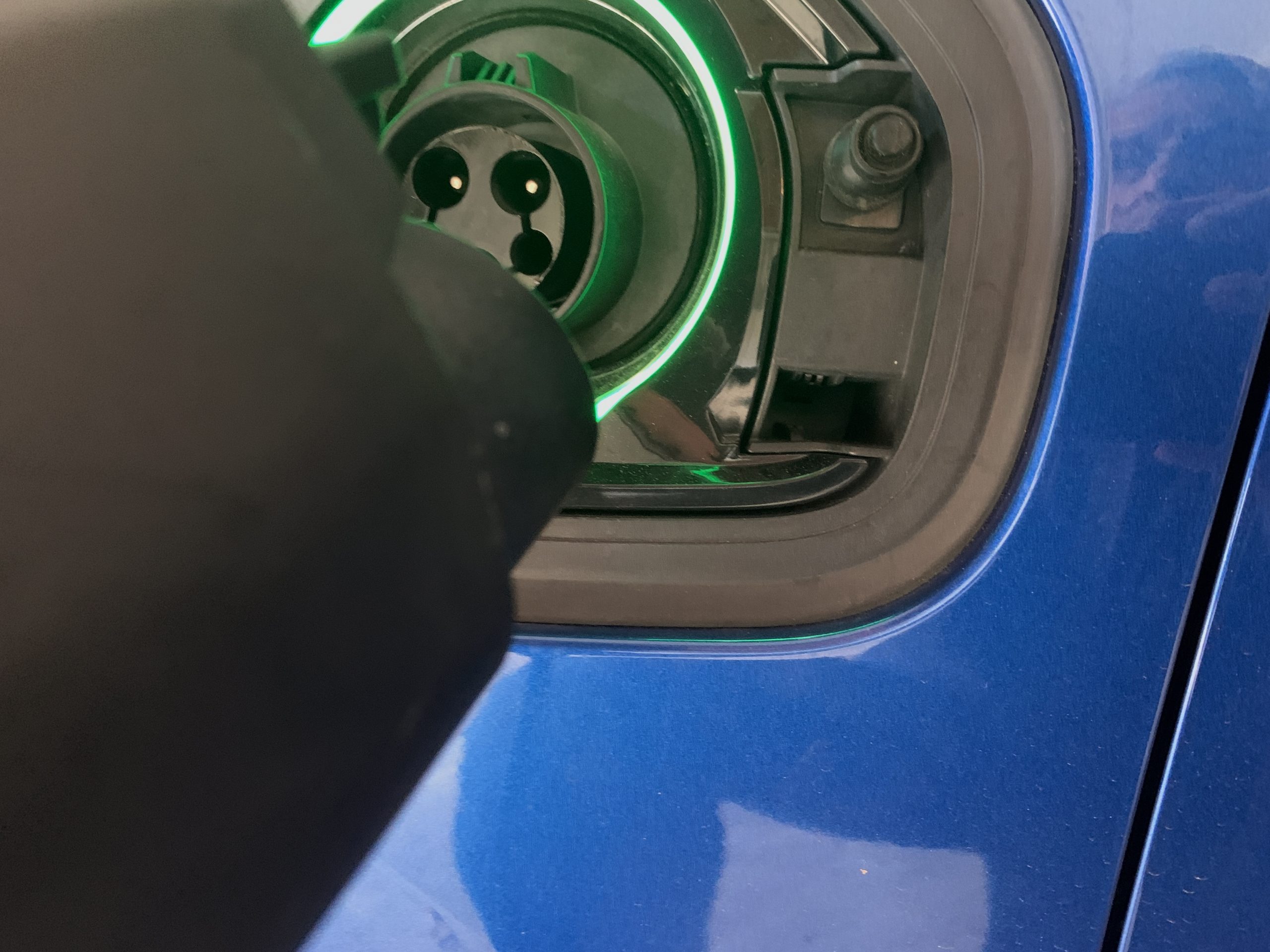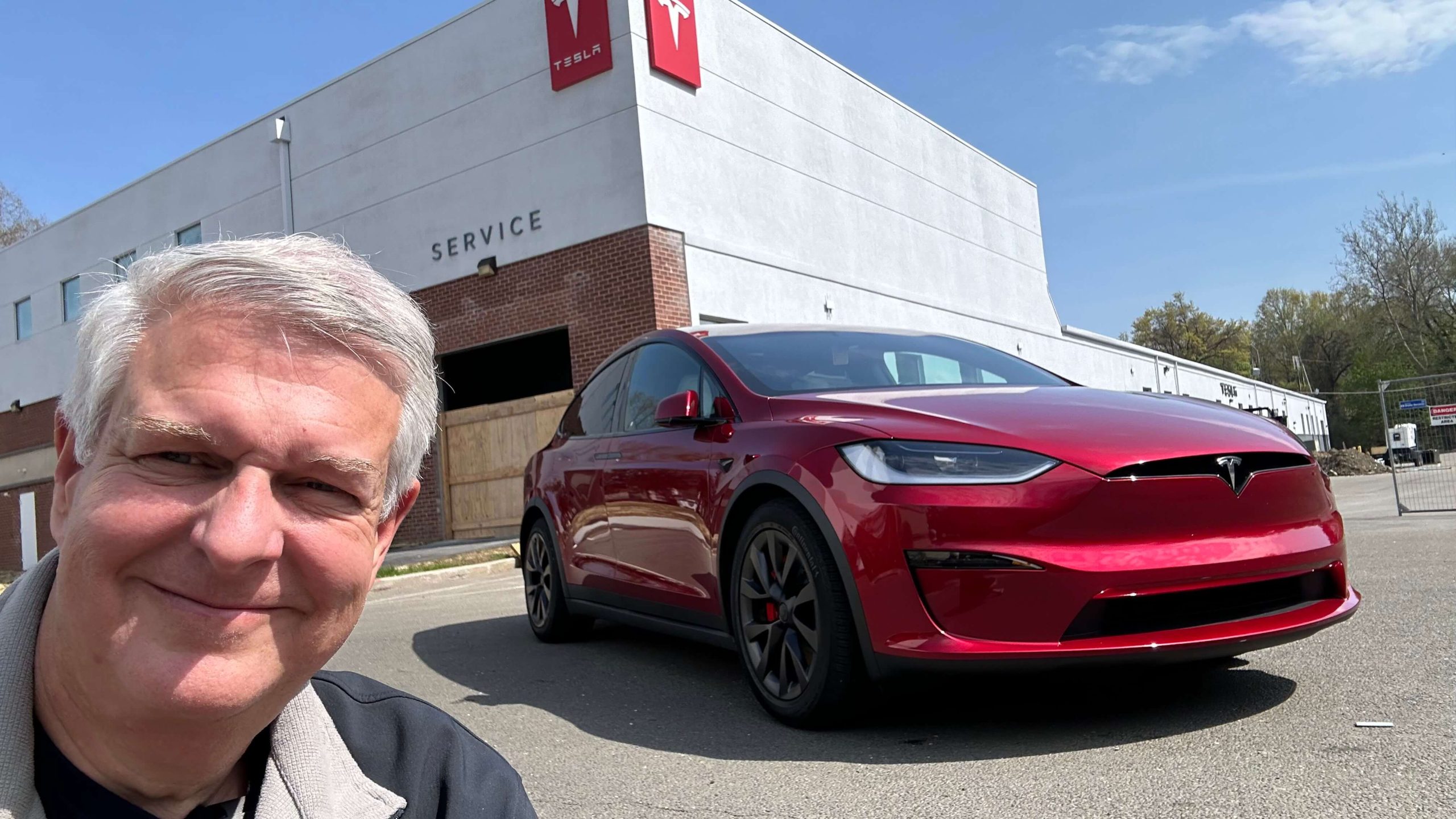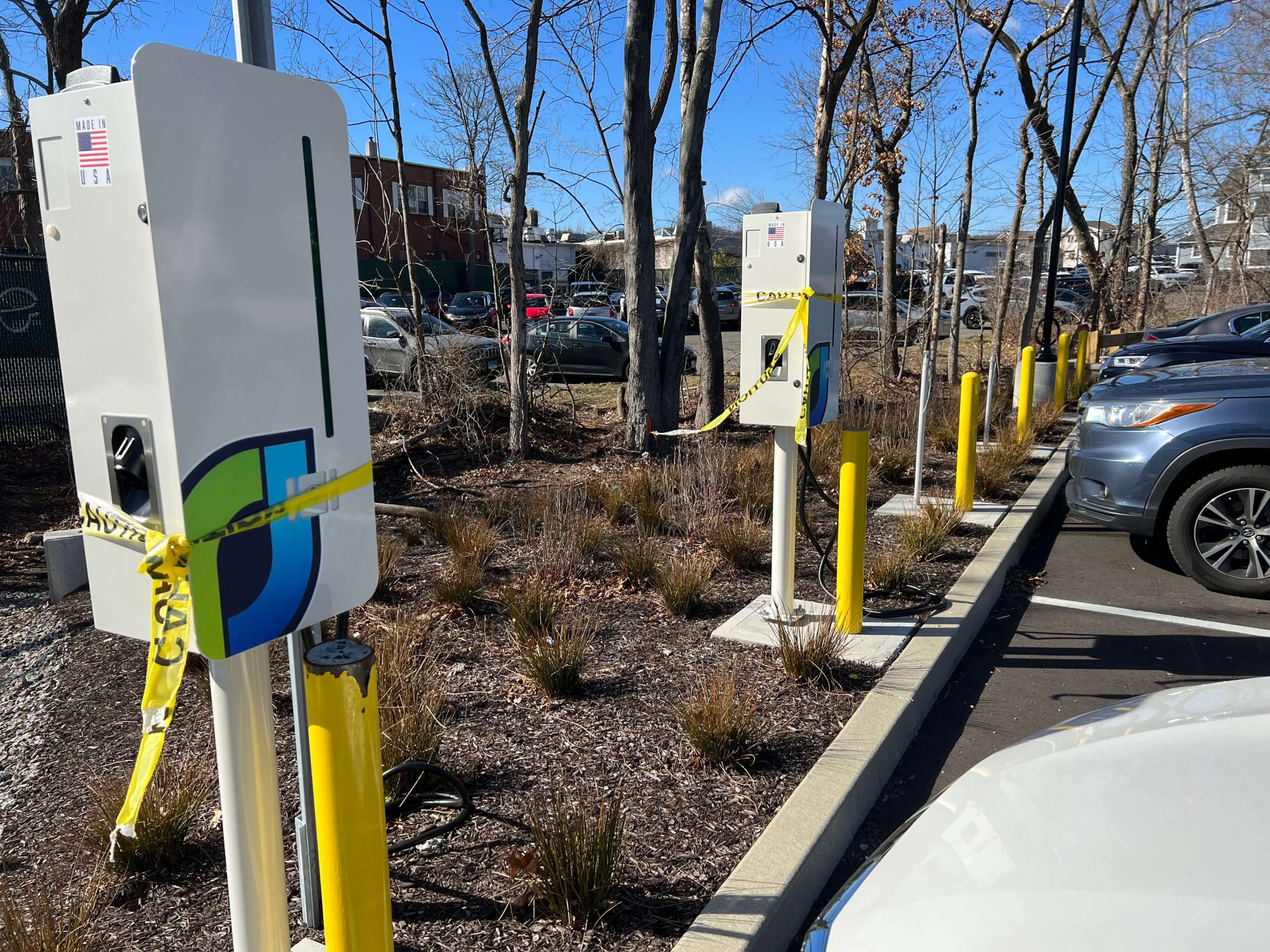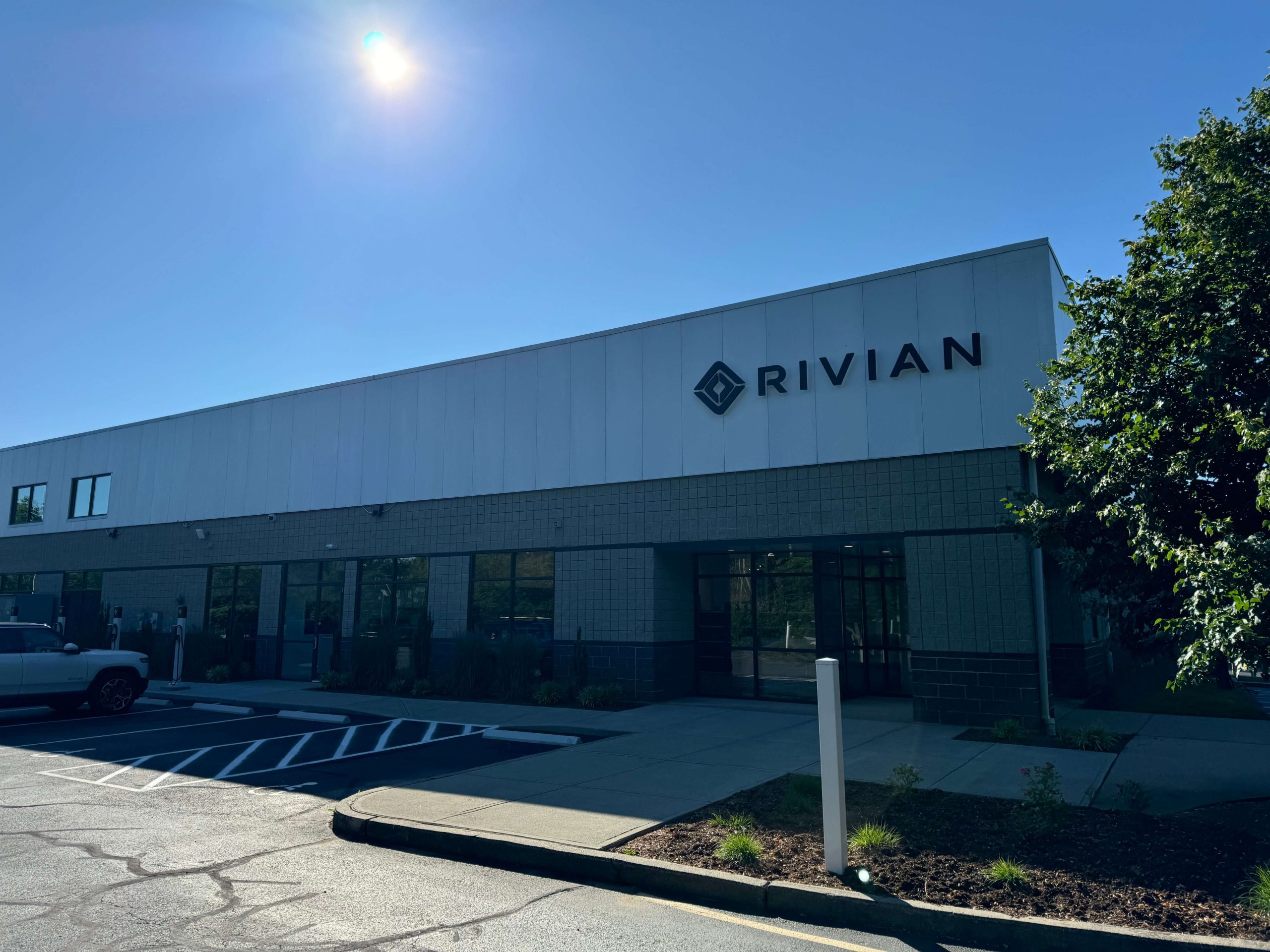Downtown Westport Overnight Charging – Idling Fees Waived
Idling Fees Waived for Overnight Charging at Baldwin The EV charging stations located in the Baldwin lot in downtown Westport, installed a year ago, have a fee of $.35 per kWh. However, this is a … Read more

